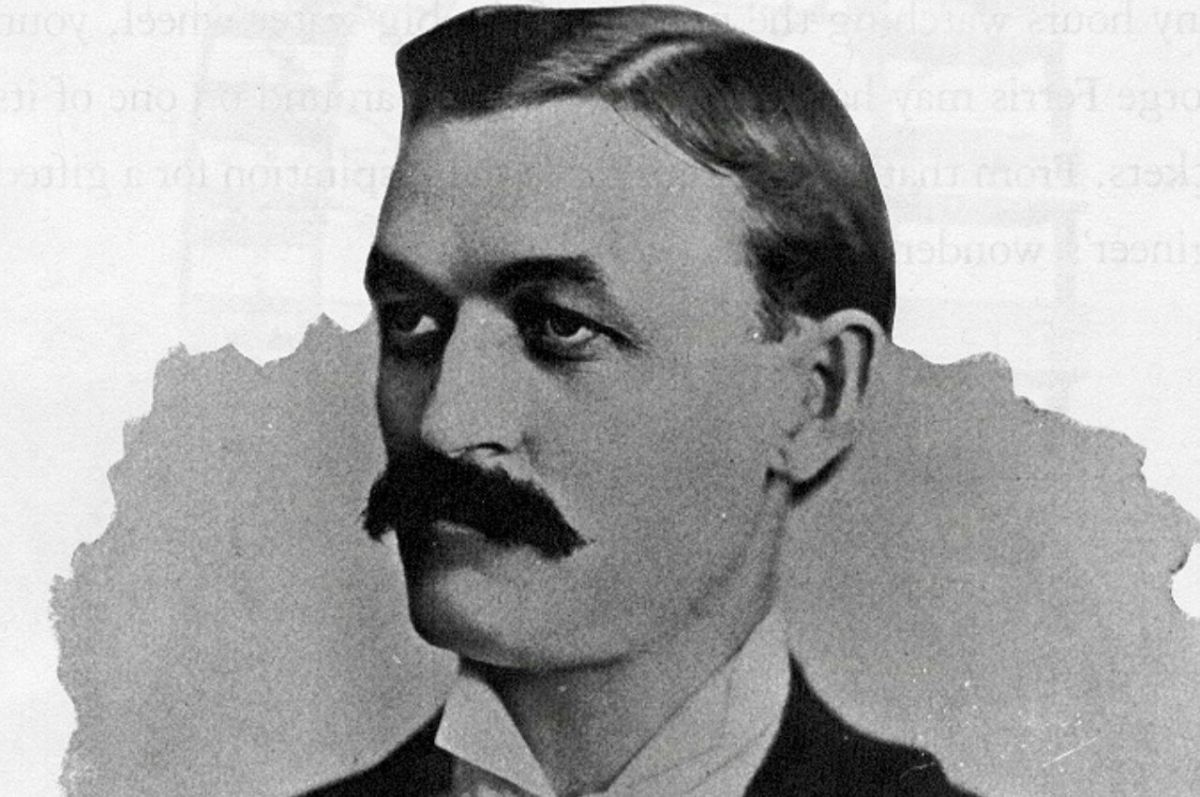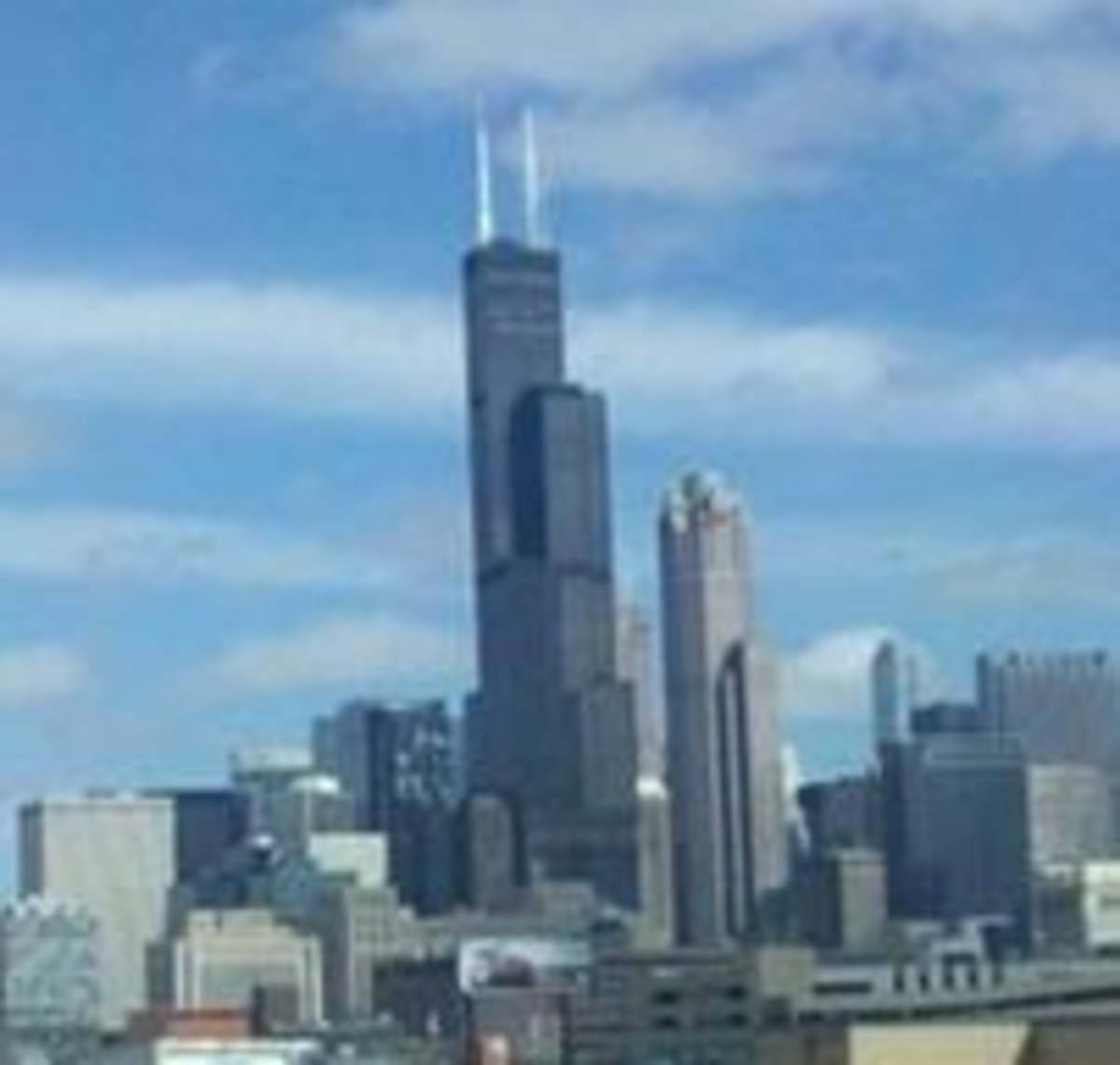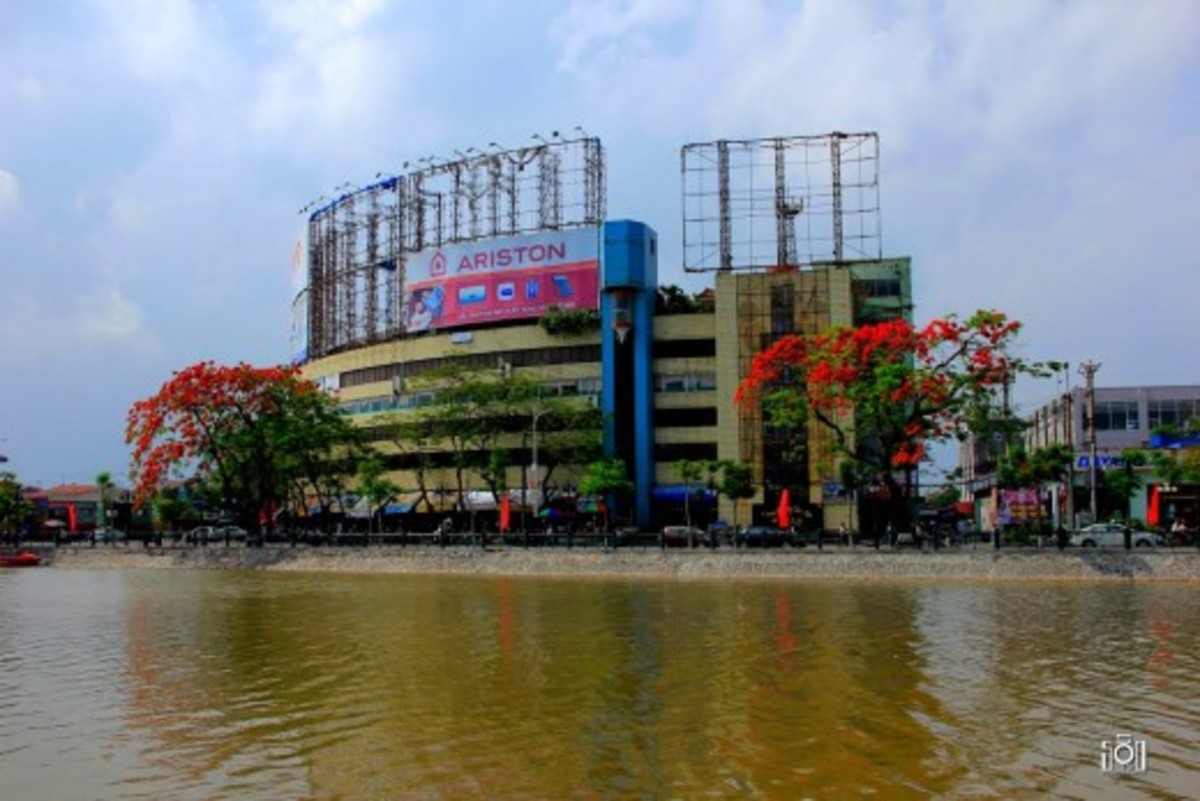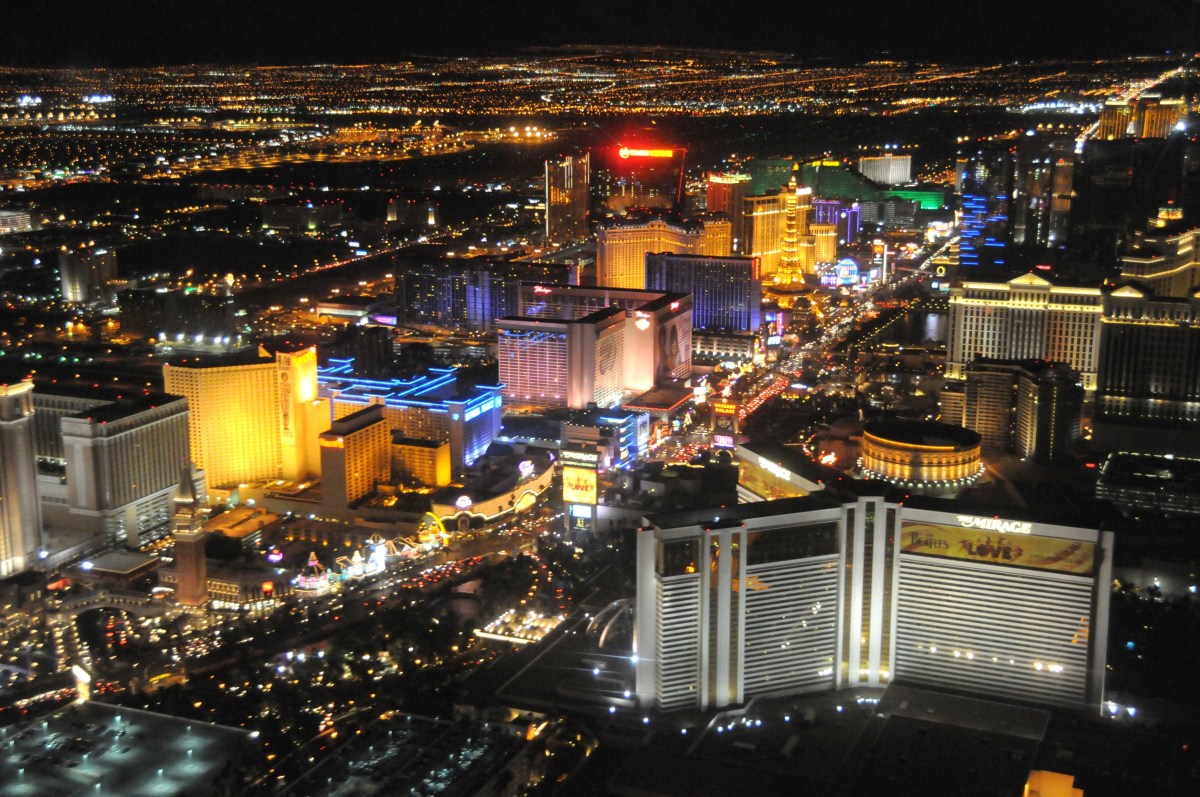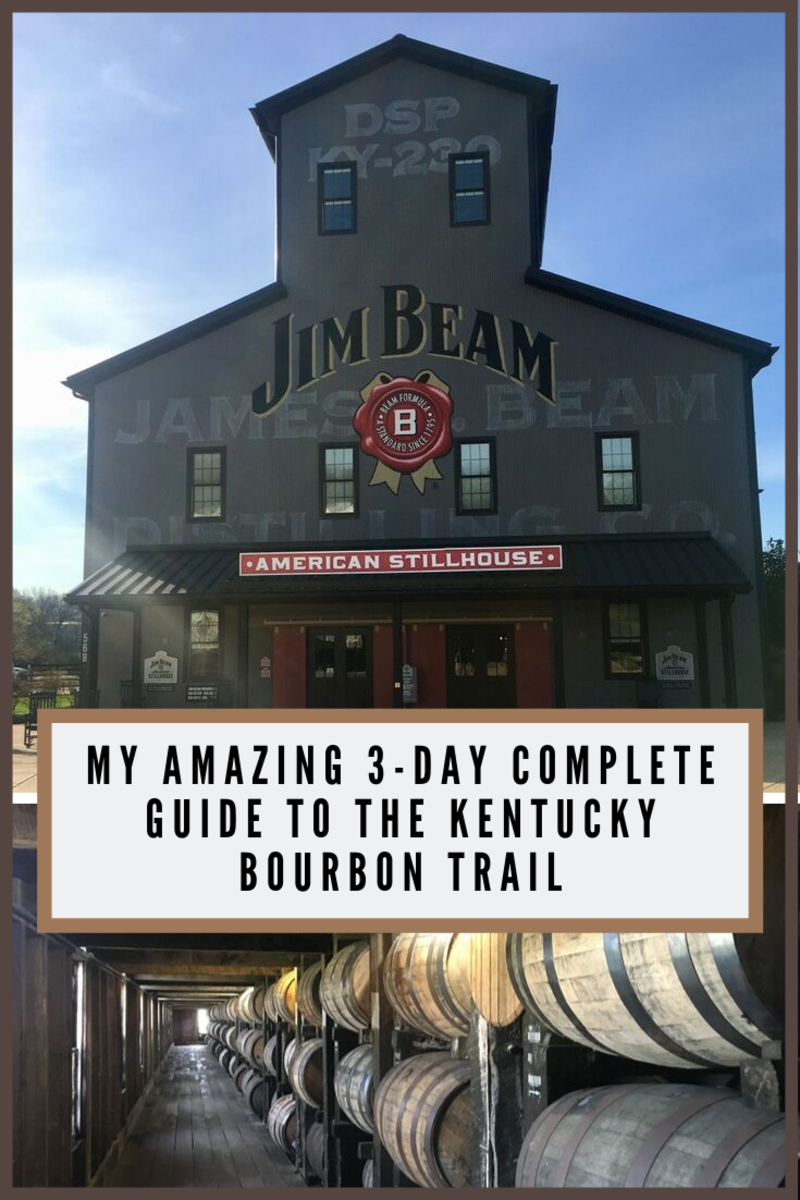A Unique Place to Visit in Upstate New York
Tourists from throughout the Northeast and beyond have discovered a well kept secret in upstate New York: Troy. The opulent Victorian architecture that continues to attract Hollywood film makers, an abundance of Tiffany windows, a thriving and bustling Antiques District, an ever growing selection of unique restaurants and a diverse and eclectic mix of art galleries and cultural offerings are among the treasures it has to offer.
Troy’s rebirth began in the mid 1990's when restaurateurs opted to open their doors here and the city started to enjoy a reputation for quality eateries. Other businesses followed suit and a commercial base started to grow. Developers attracted state offices to a then vacant shirt factory. (pictured below) Rensselaer Polytechnic Institute and SageCollege began programs to reinvest themselves in the city they call home. Both now have strong community programs, and along with the local health care providers, encourage faculty and staff to become residents. Many of the Victorian storefronts and factories now house well-known high-tech firms and start-ups alike. While office workers fill the streets and eateries during the day, TroySavingsBankMusic Hall, The Arts Center of the Capital Region, and Troy’s college students keep Troy open into the night.
A pocket of interesting places started to crop up when antique dealers set up shop along River Street. Several antique stores now operate in what is known as the "Antiques District." Merchants create an open market feel when their shops spill out onto the crowded sidewalks. The narrow street and slow traffic add to the inviting charm and appeal of the district. Shops feature everything from independent art and jewelry to antique tools and golf clubs.
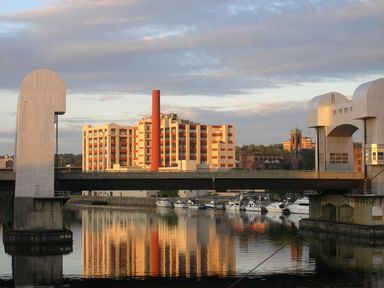
The success of the Antiques District prompted other areas to promote their specialty businesses. A little Italy has grown in a strong ethnic neighborhood south of downtown. Restaurants, bakers and specialty grocers are working together to promote themselves as a unique collection of shops. The MarinaDistrict has developed on the northern edge of downtown. Diverse businesses such as concert venues, clothing manufacturers and cheese shops are restoring the area that used to be the center of the city. The “Pottery District,” so named because it housed potters in the 1800’s, is comprised of residents working to restore homes in the area. As each district improves, the areas between soon follow. The change is impressive.
The Troy Waterfront Farmers’ Market decided to make Troy its home in 2000. It began with about twenty vendors and a few hundred customers weekly. Today it boasts more than fifty vendors and over two thousand customers weekly. It has recently become a year-round market, moving indoors to the Atrium where it becomes the Troy Winter Farmers’ Market during winter months. The market runs every Saturday and also features special events for families, cooking demonstrations and music.
As Victorian cities are once again appreciated by the public and business leaders, Troy’s unique architecture has become known as one of its greatest assets. In many ways, this asset is a result of two previous disasters. In 1863 a fire destroyed a large portion of the city. As one of the richest communities in the country at the time, Troy was able to rebuild itself within a few months. The result was a modern Victorian downtown that still attracts moviemakers, architects and sightseers today. Disaster struck again in the second half of the last century. As industry moved to other parts of the country and the world, Troy was left behind. While other Northeastern cities lost downtowns and riverfronts to “urban renewal,” developers skipped Troy. Armed with the lessons from that time, the city is now developing itself while maintaining its architecture and the integrity of its downtown.
Troy’s wealth in the last two centuries came from its strategic location. It is the last navigable port on the Hudson. While the river is only a few feet above sea level, the streams feeding it from the north and east come from hills and mountains within the county that are nearly 3000 feet tall. Mills took advantage of the abundant waterpower and goods were shipped south on the Hudson, north on the Champlain Canal and to the expanding west on the Erie Canal. The three waterways intersect within a few miles from Troy and are still used today, although mainly by pleasure boats.
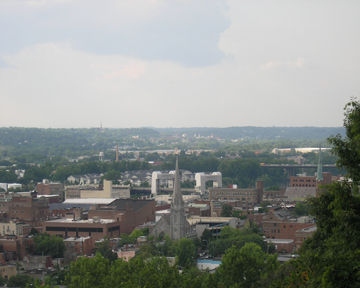
Iron and textiles soon became the major industries in the city. The detachable collar and cuff were invented in Troy and were soon popular throughout the country. Between the 1820’s and 1920’s, nearly 90 percent of American men wore detachable collars and Troy firms supplied the majority of the labor-saving product. Troy was responsible for many firsts in the iron industry. Henry Burden invented a machine that could produce horseshoes without the touch of a human hand. His machine, powered by the largest waterwheel ever constructed, produced one horseshoe a second and fulfilled the Union Army’s needs. The iron plating and rivets for the Monitor were produced here. After the Civil War, Trojan ironworkers were the first to use the Bessemer Process in the United States. Everything from fire hydrants to valves for the Panama Canal to stoves was cast in Troy. Bell casters also had a strong presence in the area. Many of America’s bells were cast here, most notably the replacement for the Liberty Bell. The factories and homes of Troy stand as monuments to the industrialists and entrepreneurs who contributed to the building of America.
Today, Troy still makes use of its location on the water. RiverfrontPark is a popular destination for those attending its many concerts and events, or for those who simply wish to enjoy the river views. Troy Town Dock and Marina is a popular stop for pleasure boaters, also.
A visit to Troy would not be complete without seeing the abundant Victorian architecture and Tiffany windows. Troy is best seen by foot and has been named the “most walkable city in the Capital District” by an Albany newspaper. As visitors are about to enter the Antiques District they face the imposing High Victorian Gothic Hall-Rice Building on the corner of River and First Streets, which was built in 1871. First Street earned the nickname “Bankers Row” because it contained the offices of local banks in the early 1800’s. The street contains many cast-iron storefronts. Julia Howard Bush Memorial Center, today a lecture center on the Russell Sage College Campus between First and Second Streets is one of the earliest examples of a six columned Doric temple ever built in this country. Second Street features a wide variety of architectural styles and ornamental ironwork can be seen on many of the stair rails, fences and balustrades. The Hart-Cluett House is also located here. It is an example of Federal Adamesque architecture and today houses the Rensselaer County Historical Society. The house museum is open to the public and tours are given regularly. The TroySavingsBankMusic Hall nearby, built in 1875, still houses a bank on its lower floor and music hall on the top floor, which is purported to have some of the best acoustics in the world. Frear’s Troy Cash Bazaar, on the corner of Third and Fulton Streets was built in 1897 and contains an ornamental iron staircase that may well be the best example of ornamental ironwork in the county. Although it now houses offices, the staircase can still be seen during regular business hours. These are only a few of the architectural highlights to be found here.
Troy likely has more Tiffany windows per square mile than any other city in the United States. St. Paul’s Episcopal Church contains several Tiffany windows, including The Vision of St. Paul, the first example of flesh-toned glass used for faces. The Hart Memorial Library (Troy Public Library) contains The House of Aldus, a Tiffany window located just above the circulation desk. If you visit the library, be sure to ask the staff to dim the lights and backlight the window. The BushMemorialCenter contains two Tiffany windows as well as several other stained glass windows. St. John’s Episcopal Church contains three Tiffany windows; one portrays one of the first examples of a nature scene to be found among Tiffany’s windows. St. Joseph’s Roman Catholic Church is reputed to have the most Tiffany windows of any other building in the world, as the Tiffany Company redecorated the entire interior in 1902. The crematorium in the historic Oakwood Cemetery also contains Tiffany windows as well as historic architecture.
Just a few miles from Troy’s downtown on a bluff above the Hudson RiverValley lies the historic OakwoodCemetery. A spectacular natural setting, it features 5 waterfalls, 5 small lakes and a breathtaking 100-mile view of the HudsonValley. Oakwood is also the final resting place of “Uncle Sam.” Yes, Uncle Sam was a real person! The “Richardsonian Romanesque” Gardener Earl Memorial Chapel and Crematorium, another focal point of this historic cemetery was built in 1888. Funded by wealthy business owners Hannah and William Earl, it features 8 early Tiffany glass windows, marble mosaics, onyx and marble from all over the world, and hand carved oak ceilings and pews. A room to the left of the altar is covered with Siena marble from Italy. The lower entrance to the cemetery is on 101st Street and the upper entrance is on Oakwood Avenue (Route 40).
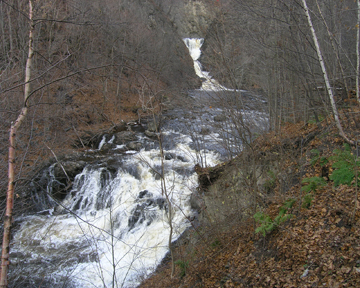
Last but certainly not least is another Troy treasure and well kept secret. The Poestenkill Gorge (pictured above) is a truly impressive sight in a peaceful and secluded location within the city. The Poestenkill Falls drop about 85 feet into a gorge of black shale, make a right angle turn and drop an additional 75 feet into a massive pool. Visit the falls by taking Route 2 east out of downtown Troy, turning right on Route 66, then right again on Linden Avenue. Travel approximately 0.2 miles to a parking lot on the right. A trail leads to the base of the falls.
It’s no wonder that many visitors are so enthralled by this charming and unique city that they consider making it their home.


